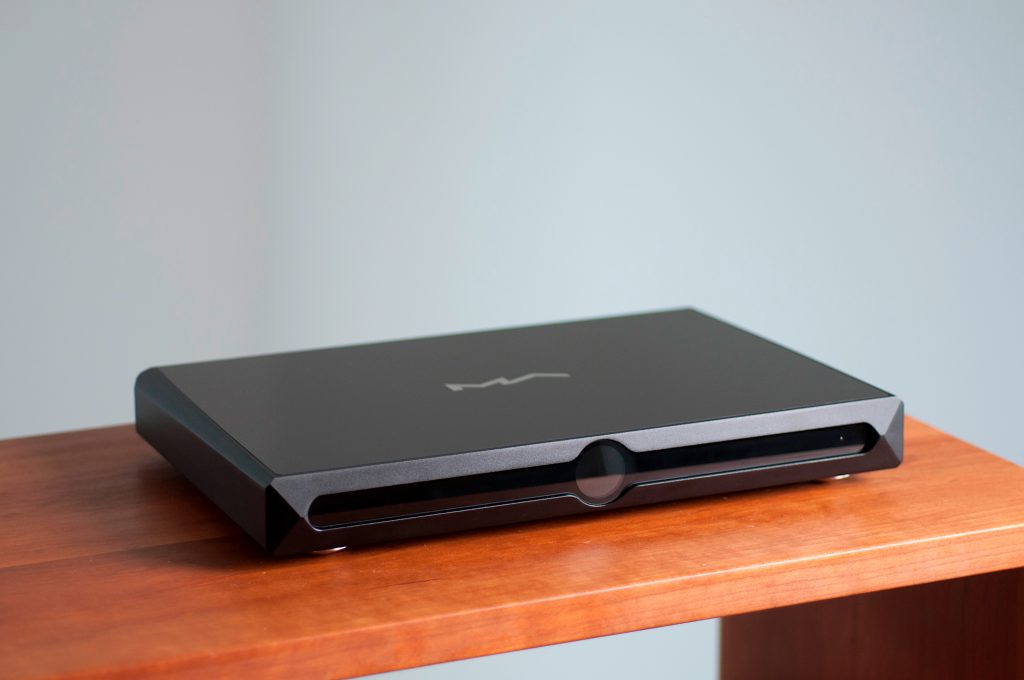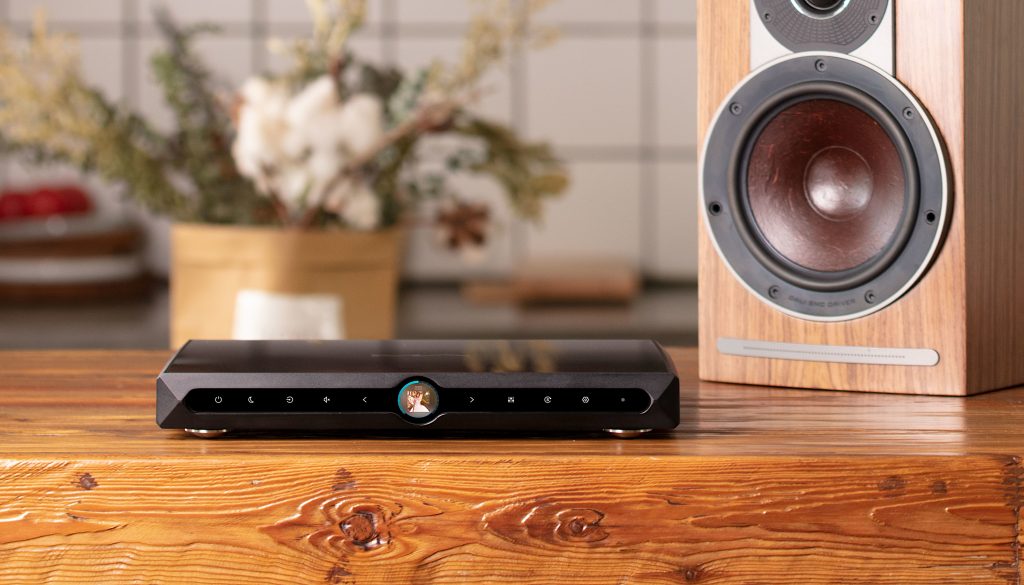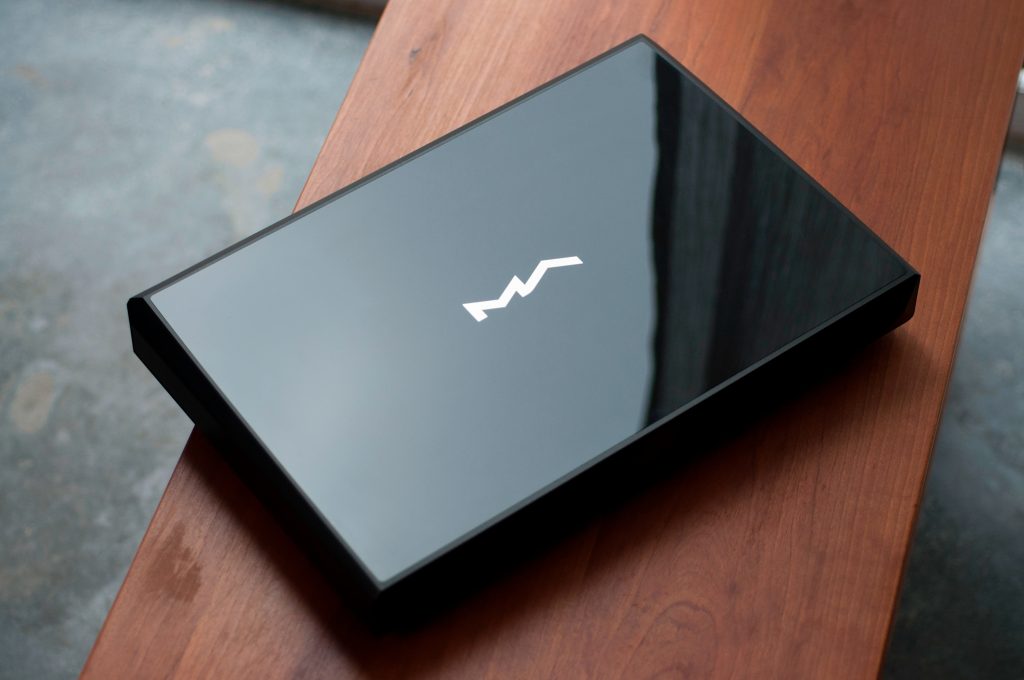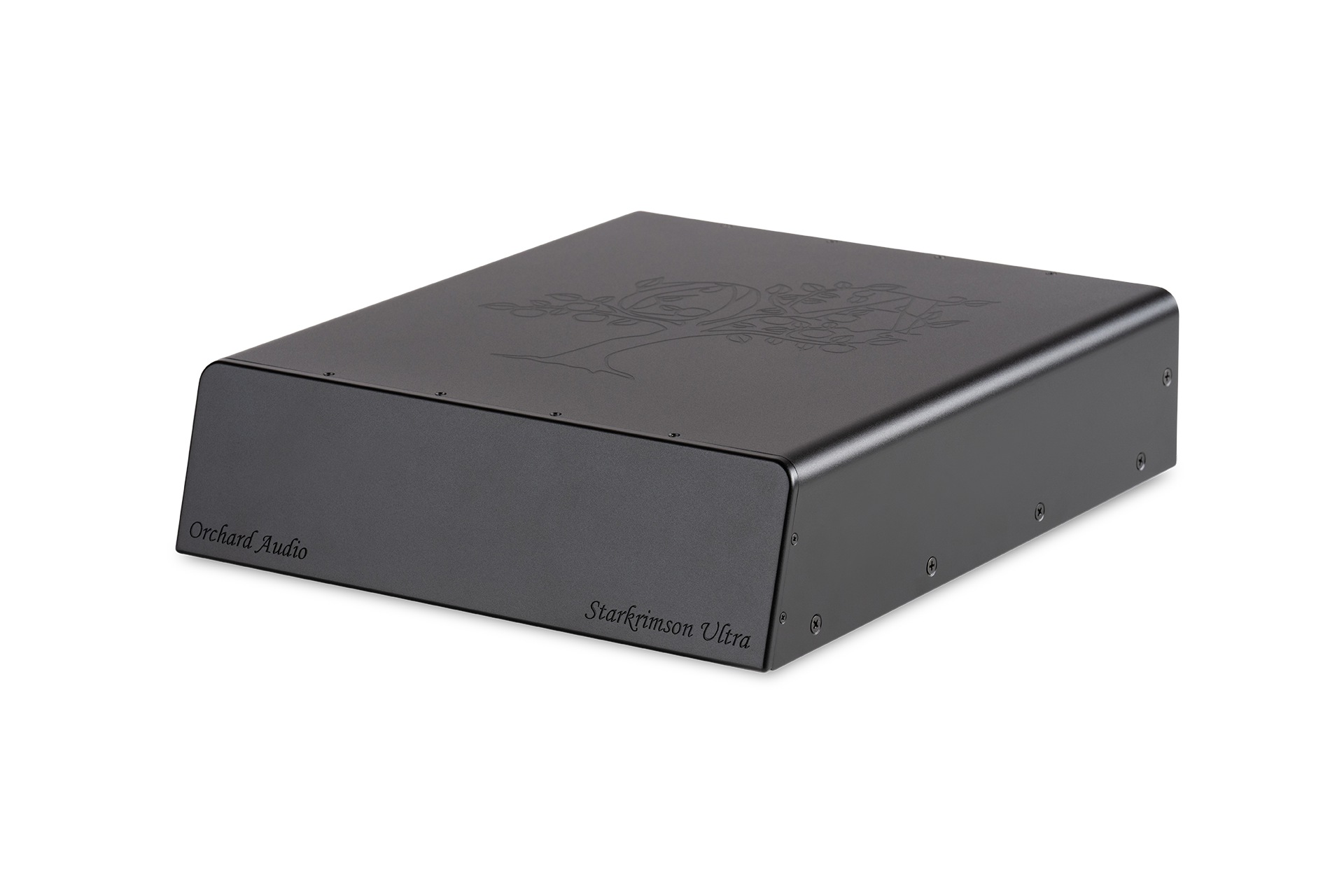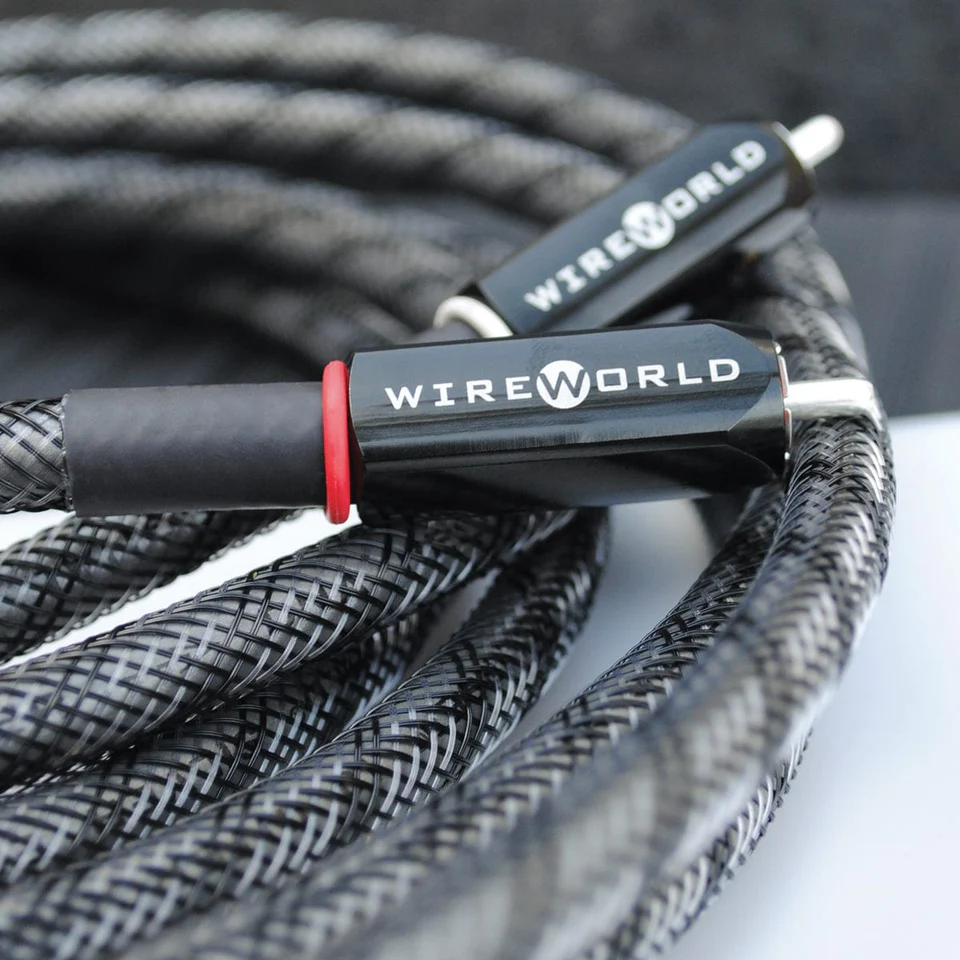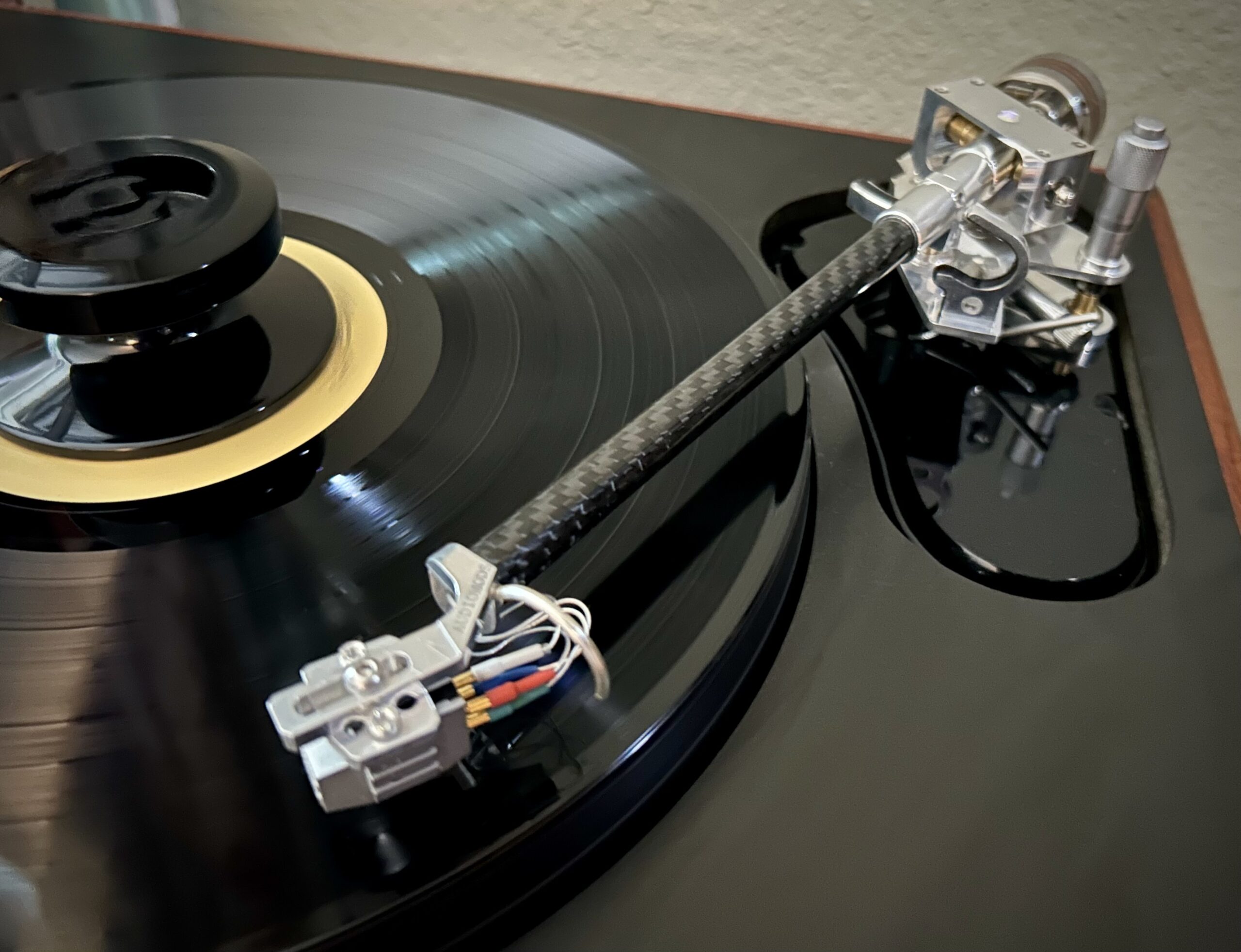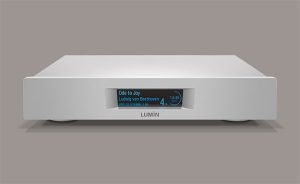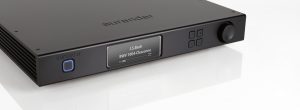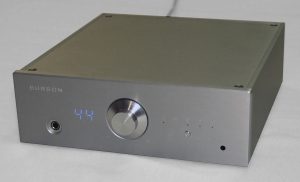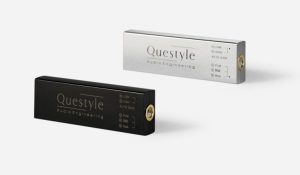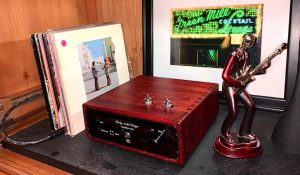The world of digital audio progresses through a perpetual cycle of change, with a continual improvement process occurring that allows a listener to experience a degree of sonic excellence that was only hinted at when the compact disc was first introduced. In some cases these changes are driven by increasing sophistication of chip sets or the use of Field Programmable Gate Array integrated circuits that allow designers to custom build their own digital decoding process. Another area of exploration by manufacturers is the integration of a DAC with other digital streaming services, as connectivity with Bluetooth and WiFi devices provides not only enhanced conveniences but also a larger pool of potential source devices. It cannot be argued that a modern DAC or streamer is a remarkable piece of technology, and that audiophiles have an unending banquet of products to choose from in the global market. This explosion of choice in the digital arena can also create a degree of anxiety for the discerning hobbyist who carefully evaluates an audio purchase, and who places a high priority on sound quality and considers their components to be a long term investment. This type of hobbyist values well built products that are flexible enough to meet future needs, and strives for the highest levels of musical reproduction that can be achieved at their respective price point. You see, excellent sound never goes out of style, and while it is given that quality components cost a fair amount of money, it is also expected that these pieces be reliable with a relatively long lifespan. With this new generation of affordable high performance digital components available to hobbyists it is difficult for the aspiring owner to know who is building these components and what their audio philosophies are. Sure we know of specific companies, and many of the established manufacturers have a degree of name recognition. Yet who are the designers behind Cambridge, Rotel, or Marantz? With the newest generation of manufacturers coming out of Asia we have SMSL, Gustard, Topping, and iFi Audio, yet what the hobbyist knows of these companies is quite scant. Ask the typical audiophile what they know of these products and they might be able to speak about DAC processing chips, DSD sampling, software connectivity and a few other features, but rarely any substantial knowledge is shared about the audio beliefs and philosophies of these companies.
Matrix Audio was formed by a core group of new generation of Chinese professionals who had a passion for playing music and for high performance audio playback. Three of the founders would regularly gather together to study and share DAC and amplifier circuits, and immerse themselves in the essence of music. In 2009 Matrix Audio was formed to bring their dreams and goals to reality, and over the years the company has produced a series of commercially successful components. Matrix Audio now consists of 27 employees, and still retains its three founding members. CEO Jin Yang sets the pathway for the company, and one of the core values of the leadership team is a commitment to being in complete control of all aspects of production. Matrix Audio engineering teams create a proprietary circuit design, manufacture the circuit boards, write the required firmware, manufacture the chassis, and assemble their components in their own facilities. All 27 members of the Matrix Audio work closely together to provide outstanding digital component that offer superior sound quality and yet be within the financial reach of all audiophiles.
Arthur Power of Power Holdings Inc is the US distributor for Matrix Audio, and arranged the delivery of the all new X-SABRE 3 DAC/Streamer. This component is not a revision of previous circuit, instead it is a next generation design and improved chassis. If I may take a moment to share a bit of history, Arthur first partnered with Matrix Audio to distribute their HPA-1 headphone amp over a decade ago. This long standing relationship has provided a steady presence in the North American market, and for owners of Matrix Audio products, they have a reliable conduit to obtain information and service for their components. The newly released X-SABRE 3 DAC/Streamer is their top of the line piece and sells for $2995.95
The X-SABRE 3 is a compact unit measuring just over 12 inches wide, 8 ½ inches deep, and almost 1 ¾ inches tall. For those comfortable with metric measurements it will be 310mmW by 218mm D by 43mm H. Despite the compact footprint this DAC weighs in at 7.49 pounds, or 3.4 kg. The chassis is machined from a single piece of aluminum stock, and this includes the internal walls to separate the digital circuit from the power supply. A thoughtful touch from Matrix Audio is a trio of nicely machined feet that act as excellent isolation points. The top cover of the component is tempered glass, which improves the sensitivity of the dual band Wi-Fi antennas that are positioned below its surface. Matrix Audio fitted this piece with the Sabre ES9038PRO DAC chip, and combines it with a FPGA (Field Programmable Gate Array) for the proprietary programs used to optimize performance. The internal lock is produced by a Crystek CCHD-950, however Matrix Audio has included a Synchronous mode option, which means the internal clock is bypassed and the source component provides the timing signal. The custom programmed firmware has seven filter settings to allow the user to customize the presentation of the DAC. The X-SABRE 3 DAC/Streamer includes a robust output stage and remote volume control so it can function as a preamplifier. There are XLR and RCA output connectors, with the RCA jacks outputting 2.4V and 4.8V from the XLR ones.
The X-SABRE 3 is Roon Ready and also serves as an endpoint for TIDAL Connect and Spotify Connect. AirPlay 2 and DLNA/UpnP provide additional pathways for network control. Roon users will use the Roon Remote app to control all their streaming accounts and locally stored music. Additionally, the cover art is viewed on the round display on the front screen. The X-SABRE 3 is also the end point for Tidal Connect and Spotify and will use the associated apps to control these music server programs. There is a wireless connection through the Wi-Fi antennas I mentioned previously, or you can use a USB port to connect to a computer. Even though most users will take advantage of these input options, there is support for legacy connections such as optical, coaxial, or I2S. With the optical and coaxial inputs 24/192kHz is possible, as well as DSD64. With the USB input, network cable, or I2S 32/786kHz and DSD512 can be attained. In these modes MQA decoding is also available.
The sleek profile does create some practical challenges in terms of accessing the user buttons on the front panel and viewing the display panels. Fortunately the remote control allows you to access all the functions you would use on this DAC/Streamer, including the digital volume control if you connect it directly to your amplifier. With that being said, I had no issues with the front panel controls and I often used them since I did not feel like hunting down the remote from wherever I laid it down. The display screens for whichever streaming software you use also provides all the visual data you need, and this is preferable as few DAC/Streamers have a display that is large enough to be convenient. Setting up and using the X-SABRE 3 is a straightforward proposition, although its user options are quite comprehensive and that does mean you will have to familiarize yourself with all the settings that are available to you. I will say your efforts will be rewarded, as this piece can be a foundational piece to a system if you take advantage of all its abilities.
A Mac Mini with a solid state digital hard drive is my music server, and the files are an uncompressed WAV format. Qobuz is the streaming program I use, and Audirvana is my choice for a music player, although I did download Roon for this review. A Wireworld Platinum Starlight 8 USB cable connects the Mac Mini and X-SABRE 3. I chose the XLR outputs of the preamplifier section to run directly to a pair of AVM Audio AMP Essential monoblock amplifiers. I did substitute in a Halcro DM8 preamplifier for one weekend, and while the Halcro is more refined and detailed, the differences were not as large as a person would imagine. Speakers are a pair of JBL 4365 monitors, and Wireworld Eclipse series interconnects and speaker cable made the necessary connections. The Matrix Audio DAC received a burn in period of 100 hours before any serious listening sessions were undertaken.
The Matrix Audio X-SABRE 3 DAC/Streamer can be classified as an affordable high performance piece of audio gear, which means it is not inexpensive by any stretch of the imagination, yet is still within the financial reach of the average audiophile. Any company that aspires to offer products that seek to stand apart from the competition that occupies this niche must present more than a laundry list of features and technological gizmos. Rather a level of performance must be achieved where the music becomes transcendent and the sound engages the listener in a way that makes a significant financial purchase worthwhile. From my listening sessions I would say this DAC/Streamer certainly meets those requirements, and what really stood out to me is how voices are portrayed with a degree of authenticity and a tonal honesty that few other pieces could equal. On "Left Alone" by Kendra Shank her vocals are an amalgamation of smokey tone, a haunting and melancholy style, with an immediacy that places Kendra's presence just a few feet from my listening chair. As another example of this remarkable presentation of vocals is "Eggs and Sausage" by Tom Waits. Here the vocals are harsher, have more of an edge, and yet maintain that natural flow and realism along with the "Tom is right there" level of presence. Finally, "Gravity's Angel" by Laurie Anderson showcases how refined and textured the upper registers of the X-SABRE 3 is, as Anderson's vocals are breathy and ethereal, projecting a degree of elegance that reaches out and directly engages the listener. For many audiophiles the performance of a component in the mid-band is paramount, and there is no doubt that the Matrix Audio component excels in this area.
The rendering of acoustic space in a recording is a valued element to many audiophiles, and I personally appreciate a fully fleshed out soundstage when listening to music. "Johnny Come Down To Hilo" by Hank Cramer and Constellations Crew not only clearly defines the chorus line behind Cramer, and each voice in this large ensemble occupies a distinct space. The acoustic characteristics of the hall is clearly heard, and the horns in my JBL speakers are unforgiving in the upper registers with a raw and unvarnished recording like this one. Yet harshness never became an issue, but rather the honesty of the recording shone through. Another evening I played "You Can Have It" by Diane Schuur with the Count Basie Orchestra, and the X-SABRE 3 threw a wide and deep soundstage with clearly defined sections of horns, sax, percussion, and acoustic double bass. The venue did not have the same prominent decay and reverberations as the Cramer piece did, yet the effects of the room remained distinct, which meant the music sounded live and real in a way that multi-tracked studio creations typically does not. To confirm this I played a few pieces from Sublime, Pearl Jam, and U2 and was treated to a soundstage that was as flat as a cardboard cutout of these bands. In the end, if the X-SABRE 3 is fed a quality recording the listener is going to be rewarded with an enjoyable and engaging listening experience.
One of the primary tenets of digital playback has always been the ability to achieve a greater sense of dynamic realism in music. Hobbyists often translate increased dynamic range as a macro event, where drum strikes have greater impact, crescendos hit higher peaks, and bass instruments have a physical intensity. What is sometimes overlooked is that a well executed DAC design will take advantage of the lower noise floor in a finely crafted digital recording by revealing the subtle gradations of harmonic texture that is presented by instruments and vocalists. These abilities are undeniably present with the X-SABRE 3, especially when listening to DSD files. On "Bennie and the Jets" by Elton John the song opens with a combination of piano cords played in unison with bass guitar to form a distinctive sound. With the Matrix Audio DAC/Streamer the dynamic fingerprint of each instrument becomes easier to identify, with the instruments maintaining their distinctive individuality and yet blending together to form a unique sound. I also have several DSD files of Stan Getz, and the "Girl From Ipanema" contains stunning saxophone passages which are dynamically expressive even though Getz is playing in such a smooth and relaxed manner. I I gained a new sense of appreciation for the overall sense of realism with DSD files played through the X-SABRE 3.
Sound quality is the highest priority for audiophiles, and we are willing to overlook a myriad of short comings with our components if we can get the musical reproduction we crave. I began my exploration of high end audio as a young man in the 1980s, during this time many companies that were expanding the boundaries of our hobby had components that could be mistaken for a science project due to the primitive fit and finish and spartan assembly techniques. Overall reliability of many of these pieces were also suspect, but those of us who valued the sound quality were willing to live with these shortcomings. This is what makes a product like the Matrix Audio X-SABRE 3 a joy to own, as you get excellent sonic reproduction from a finely crafted component that has a level of engineering that belies its relatively affordable price point. The fit and finish on the X-SABRE 3 is on par with components that cost significantly more, and the sound quality it provides will exceed expectations of demanding listeners. The compact chassis has definite advantages, although there is a trade off as the visual display and buttons are not the most convenient. However the standard remote makes its operation quite straightforward, and I suspect most owners will use a tablet, smart phone, or computer for the visual displays anyways. The flexibility of this piece is remarkable, as it has all the conveniences of Wi-Fi connectivity, is Roon Ready, and the versatility of being a stand along preamplifier, With all that being said, the central concern is always sound quality, and the X-SABRE 3 DAC/Streamer sets a standard of excellence that few components at this price range will equal. The Sabre ES9038PRO is a proven high performance DAC chip, and the manner in which the design team has paired it with their proprietary firmware programmed to a FPGA chip is how this exquisite sound is realized. Audio hobbyists who are looking for excellent sound quality will be pleased with this flagship piece from Matrix Audio, and the combination of features that enhance its ease of use is an added bonus that makes everyday use enjoyable. If you get the opportunity to hear this DAC/Streamer I suggest you give it a careful listen, as I believe you will gain an appreciation of what Matrix Audio has brought us.
Matrix Audio X-SABRE 3 DAC/Streamer
Retail: $2995.95
Matrix Audio
North American Distributor
Power Holdings Inc
https://power-holdings-inc.com/




